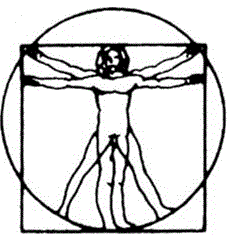Neurofeedback and Depression

Depression can best be described as an ongoing feeling of sadness and lack of interest in things that previously greatly interested an individual. This can lead to several symptoms including changes in appetite, sleeping habits, concentration, fatigue, and self-esteem. Depression can also be accompanied by thoughts of suicide.
Oftentimes, the first thing an individual turns to is medication to help alleviate symptoms associated with depression. However, while medication may manage the symptoms, it does not address the cause of these symptoms. While an individual is depressed, the brain learns unhealthy patterns, and Neurofeedback can help to correct these patterns. Neurofeedback is a non-invasive treatment and addresses the root behind the symptoms. It allows the individual to better regulate his or her own mood and to remain stable overtime. Neurofeedback has been shown to help 80% of those with depression, especially those with predispositions toward brain activity associated with depression (Hammond, 2005). While training with Neurofeedback, depression sufferers will notice some relief after just a few sessions, but further sessions are required for the brain to fully retrain itself to function in a way that is more efficient. Imaging of a depressed brain shows overactive thalamus, basal ganglion, and cingulate combined with an underactive prefrontal cortex.
Specific protocols and training sites for depression will be identified during the QEEG brain mapping assessment. Brainwave patterns associated with depression include alpha asymmetry, which is too much alpha activity in the left hemisphere in comparison to the right hemisphere. Another common pattern associated with depression is too much alpha activity in the frontal lobes. Additional patterns include insufficient amounts of alpha activity in the back of the brain and/or the ability to block alpha when the individual’s eyes are open. Training slow wave activity down and beta activity up in the front left of the brain can also help improve depression.
Research Articles
